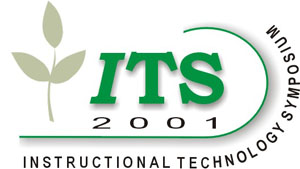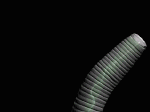Introduction In 1915, N.A. Cobb had a vision of nematodes:
The Virtual Nematode uses
3-D animations and virtual reality environments as visual teaching aids for several concepts in plant parasitic nematology.
Visualization may enhance a viewer's perception and retention of the
information presented. This may be particularly important in teaching
scientific or technical material containing complex concepts. Current and
future advances in information technology provide unique opportunities for
innovative teaching approaches. A Nematode’s Perspective
The Virtual Agroecosystem The Virtual Agroecosystem is an ongoing project to create virtual reality (VR) worlds for the visualization of agroecosystem concepts and processes, particularly those related to plant pathology and weed science. The Virtual Agroecosystem is a 3-D model based on a working farm in eastern Virginia. The farm can be explored in real-time and hyperlinks lead the user to more detailed virtual worlds for specific topics. For example, navigating down a stairway that leads into the soil profile causes a new scene to appear that illustrates weed seed distribution for different tillage regimes. For the Virtual Nematode, a patch of symptomatic plants will link to a nematode scene. The VR worlds are experienced in a VR environment such as the CAVETM technology at Virginia Tech or VRML (Virtual Reality Modeling Language) for the world wide web. The Virtual Nematode is the latest addition to the Virtual Agroecosystem. Creation of 3-D Models and Animations Hyperlink to The
Virtual Nematode: http://www.ppws.vt.edu/~sforza/nematode.html End
|


